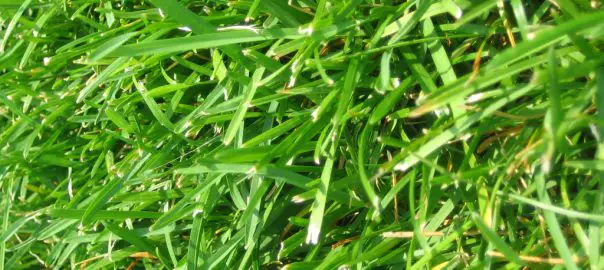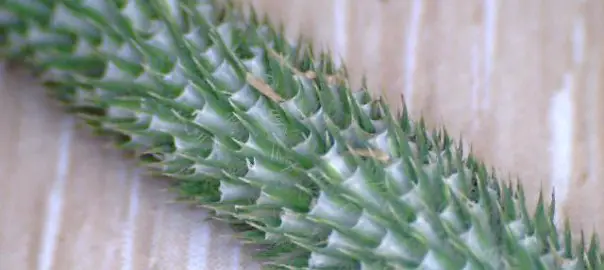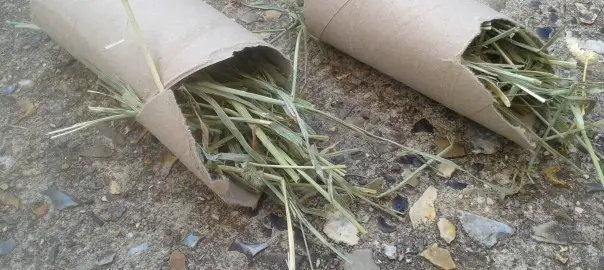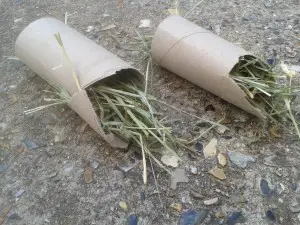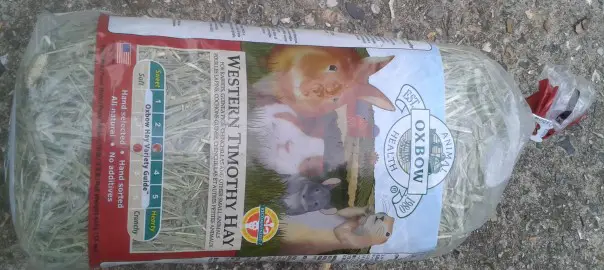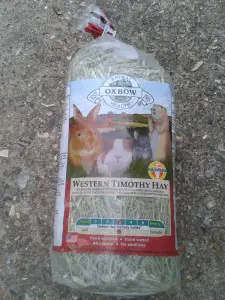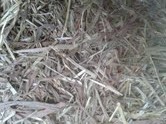Guinea pigs are herbivores which means they are used to eating plant life, insects, veggies, and fruit in the wild.
As natives of the Andes mountains, they are used to the rugged and varied landscape which includes glaciers, volcanoes, grassland, desert, lakes, and forest.
They are used to foraging for what they can get.
The need for plant material
As herbivores, they don’t eat meat and don’t tend to go near anything from animals including eating fish.
This means finding foods for them which suit them which they will enjoy and satisfy an insatiable need for plant material.
One of the easiest foods that you can feed them is grass.
Many owners have good access to grass whether it is in their own garden or land or someone else’s property whether public or private.
There are different types of grass, some is wild and unkempt other types of grass is short, manicured and then even sprayed with pesticides to keep moss or other unwanted items growing on it.
Why grass is good for them
There are several reasons why grass is good for guinea pigs.
Grass is good for them to chew.
Guinea pigs love to chew and need to chew.
It keeps their teeth from growing longer and stops them from getting into pain because of this.
Grass, whether fresh or dry, provides an ideal opportunity for them to chew and grind their teeth down
The digestive tracts of guinea pigs are designed to eat lots of forage.
Eating grass keeps their digestive system moving and means that other food can pass through without a problem.
It means that they will poop more easily as a result.
They draw water from it.
Guinea pigs are creatures who do not like going without water but are used to going long periods without it.
This means they have to draw it out of other plant material such as fresh grass which contains water in it.
The more water that they have, the better for them.
It provides good nutrition for them.
Forages such as grasses can provide good nutrients, minerals and vitamin c for guinea pigs.
This is incredibly beneficial for them especially as they do not naturally produce vitamin c.
So eating grass will give them a supplement which they are deficient but which they most definitely need.
The downsides of feeding grass to a guinea pig
It can be damp and wet.
Wet grass is not good for them.
In fact, it can make them sick.
If you give them grass make sure it is dry.
Leaving guinea pigs out on grass when it is raining or if it has rained is strongly discouraged as they will be sitting on the damp grass or soaking wet grass.
They are not good at getting themselves dry and so will suffer as a result.
Grass can contain parasites.
If a guinea pig eats grass that contains parasites then this can cause problems eventually for them.
It can cause worms to appear as a result of the parasites and they may need regular deworming since soil and grass can contain parasite eggs.
However, there is no way of stopping this from happening other than banning a guinea pig from eating grass which is unrealistic.
Too much too soon can cause tummy problems and soft poop.
If you put your guinea pig straight out onto grass when it hasn’t been part of their diet it will cause them to have a poorly tummy.
If they haven’t eaten grass as part of their diet give it to them in small amounts on a regular basis increasing it to daily after a week or two.
This means you wean them onto it and cause their stomach to be more settled.
Grass can contain pesticides.
Pesticides are not good for guinea pigs as you can imagine.
Eating anything with pesticides on it can cause a guinea pig problems making them sick and possibly causing much worse damage to them.
It is imperative that you know the grass you are feeding them that it hasn’t been sprayed with any kind of chemical.
Grass can often contain feces.
Grass is often frequented by dogs or cats or other animals can defecate on it.
If you feed guinea pigs grass that has been defecated on by another animal this will cause them to get sick.
This is why it is so important to know about the grass you are feeding them and is why feeding wild grass to them is a risk.
Grass that has mildew, mold or fungus on it.
This is easier to spot on the grass and can be identified by careful analysis.
This is why it’s important to pick grass and go through it before you feed it to your guinea pig. If you spot any that has mold, mildew or fungus on it then throw the bunch away.
If they eat it it will cause problems for them and again they may get sick as they will try and eat the grass no matter what it may have on it.
Grass that is beside a high traffic area.
Grass that is found by the side of roads can be polluted with fumes from cars and lorries.
Some of these fumes are poisonous for guinea pigs and if they are absorbed into the grass that is fed to them will cause problems for a guinea pig who eats it.
What type of grass should be fed to guinea pigs?
Fresh lawn grass
Fresh lawn grass is fine which has been picked for them.
If they can chew it directly from the ground whilst grazing.
Again make sure it is pesticide free and hasn’t been defecated on.
Long grass with no thistles in it.
Again make sure you know where what has been on it.
Feeding them grass from public meadows is a risk but can be done but it is fine at your own risk.
You get to know what types of grass are good for your guinea pig.
Whatever they don’t want they tend to leave anyway so it’s good to experiment.
Obviously, avoid anything which you know to be poisonous such as ivy that gets caught up in the grass.
What about dry grass?
Dry grass which can be purchased from let stores such as Timothy hay or meadow hay. Avoid Alfalfa hay in large amounts as it contains a lot of calcium.
Can I feed only grass to them?
It’s a good question.
But it the answer is no.
It should be part of a balanced diet with fruits and veggies and a good guinea pig mix to give them a balanced diet that nourishes them and gives them the nutrients that they need.
